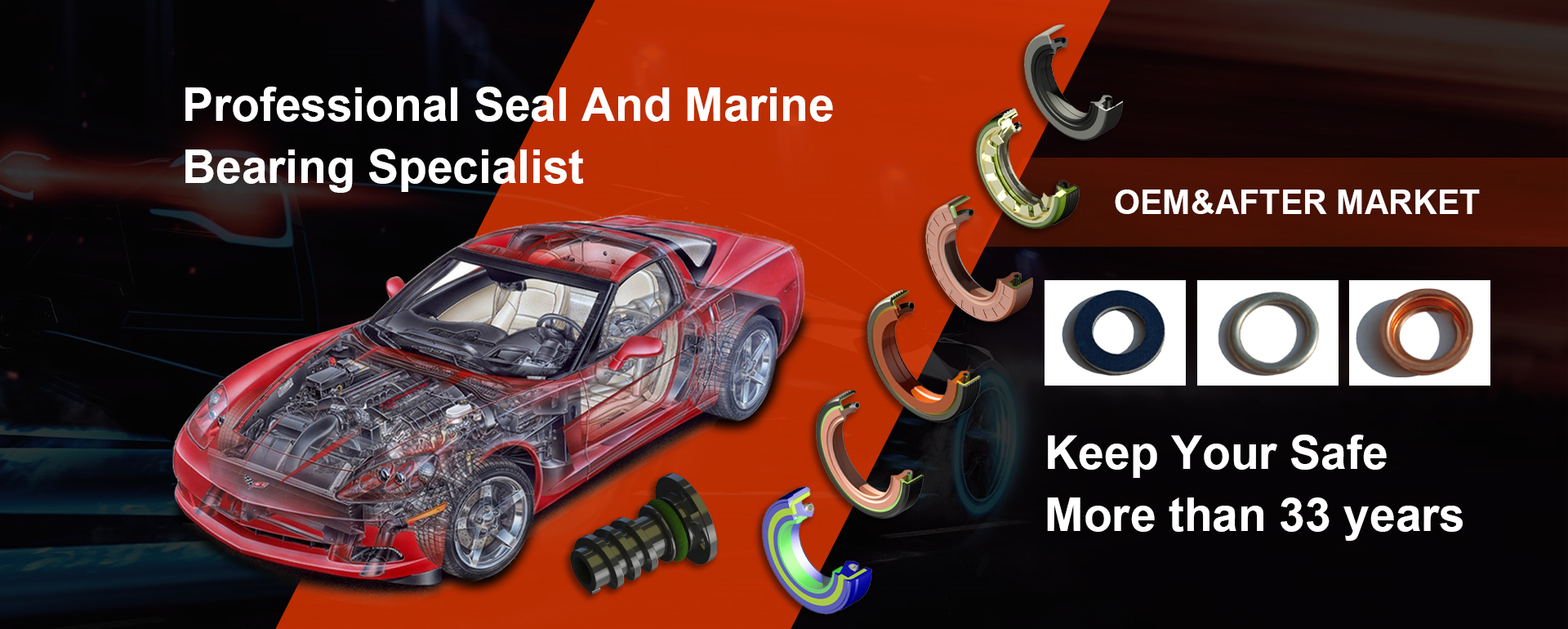o ring oil seal
Understanding O-Ring Oil Seals Function, Materials, and Applications
O-ring oil seals are critical components in various mechanical systems, serving a vital role in preventing fluid leaks and ensuring the smooth operation of machinery. They are used extensively in automotive, aerospace, industrial, and household applications. This article explores the function, design, materials, and applications of O-ring oil seals, providing insights into their importance in modern engineering.
What is an O-Ring Oil Seal?
An O-ring is a circular ring made from elastomeric (elastic) material, designed to seal the gap between two or more parts. When compressed between two surfaces, the O-ring deforms to fill the gap and creates a static or dynamic seal, preventing the escape of fluids, gases, or contaminants. O-ring oil seals are specifically designed for sealing applications that involve oils and other lubricants, which can be critical for the performance and longevity of machinery.
Function of O-Ring Oil Seals
The primary function of O-ring oil seals is to prevent leakage. In engines and machinery, these seals help to contain engine oil, hydraulic fluid, or refrigerants, thus maintaining pressure within the system and preventing contamination from external particles. They also help maintain the integrity of the lubrication system, ensuring that moving parts remain lubricated, which is crucial for reducing friction and wear.
Moreover, O-ring seals can also help to minimize the ingress of dirt, dust, and moisture, further protecting the internal components of the machinery. This dual protection against both leakage and contamination significantly enhances the reliability and efficiency of the mechanical systems they are part of.
Materials Used in O-Ring Oil Seals
The choice of material for O-ring oil seals is critical, as it must withstand various conditions such as temperature fluctuations, pressure variations, and exposure to different chemicals. Several elastomers are commonly used for O-rings, depending on the requirements of the application
1. Nitrile Rubber (NBR) NBR is one of the most widely used materials for O-rings, especially in oil sealing applications. It offers excellent resistance to oil, fuel, and other petroleum products, making it ideal for automotive applications.
2. Fluorocarbon (FKM) Known for its superior heat and chemical resistance, FKM is used in high-performance applications, including aerospace and automotive industries, where fluids at high temperatures are common.
o ring oil seal

3. Silicone Rubber Silicone O-rings are often used in applications where extreme temperatures are encountered. While they have good resistance to high temperatures, their compatibility with certain oils can be limited.
4. Polyurethane Known for its durability and high wear resistance, polyurethane O-rings are used in applications where mechanical wear is a concern, though they may not offer the same level of chemical resistance as NBR or FKM.
Applications of O-Ring Oil Seals
O-ring oil seals have a wide range of applications across various industries
- Automotive In vehicles, O-ring seals are used in engines, transmissions, and hydraulic systems to prevent fluid leakage, ensuring optimal performance and safety.
- Aerospace O-rings are critical in aerospace applications, where they help seal hydraulic systems, fuel systems, and cabin pressure systems under extreme conditions.
- Industrial Machinery Many types of machinery, from pumps to compressors, utilize O-ring seals to contain oils and prevent contamination, thus enhancing operational efficiency.
- Household Appliances O-rings can be found in dishwashers, washing machines, and refrigeration units, where they help maintain the integrity of fluid systems.
Conclusion
O-ring oil seals are essential components in many mechanical systems, offering reliable sealing solutions that prevent fluid leaks and protect against contamination. Their versatility, combined with a range of materials tailored for different applications, makes O-rings indispensable in modern engineering. Understanding their function, materials, and applications can help manufacturers and engineers choose the right O-ring for their specific needs, thereby ensuring the longevity and efficiency of their products.
-
Seal 12x20x5: Precision Radial Shaft Seals for Industrial Reliability
News Nov.24,2025
-
Seal 12x18x5: Essential Guide to Specifications, Applications & Vendors
News Nov.24,2025
-
Understanding Seal 12 20 5: Applications, Specifications & Industry Insights
News Nov.23,2025
-
Durable Oil Seal 85x110x12 – Reliable Sealing Solutions for Industry
News Nov.23,2025
-
Durable and Precise Oil Seal 75x95x10 for Efficient Machinery | YJM Seal
News Nov.22,2025
-
Durable Oil Seal 75x100x10 for Reliable Industrial Performance | YJM Seal
News Nov.22,2025
-
High-Quality Oil Seal 65x90x10 | Durable & Reliable Sealing Solutions
News Nov.22,2025
Products categories















